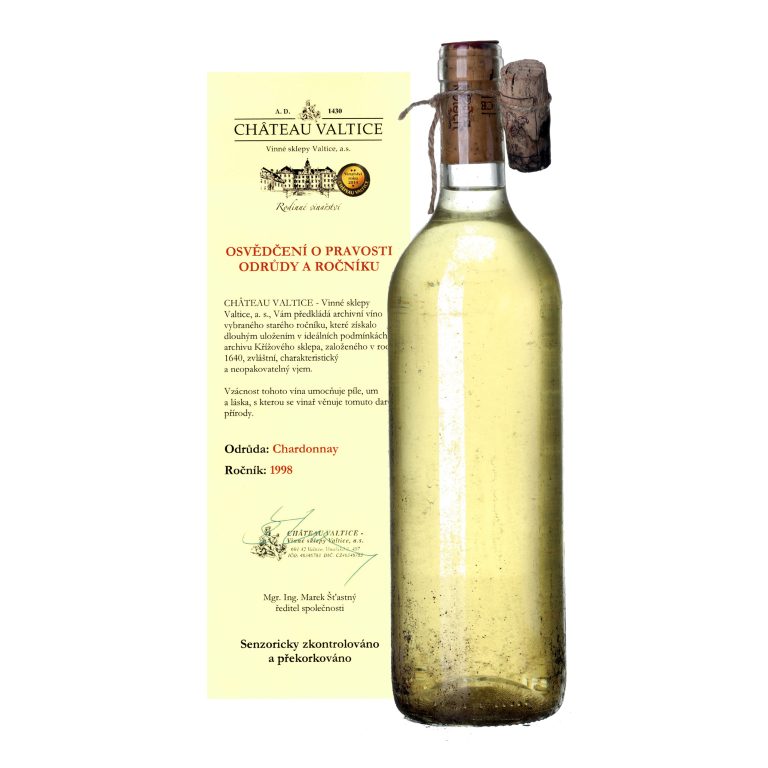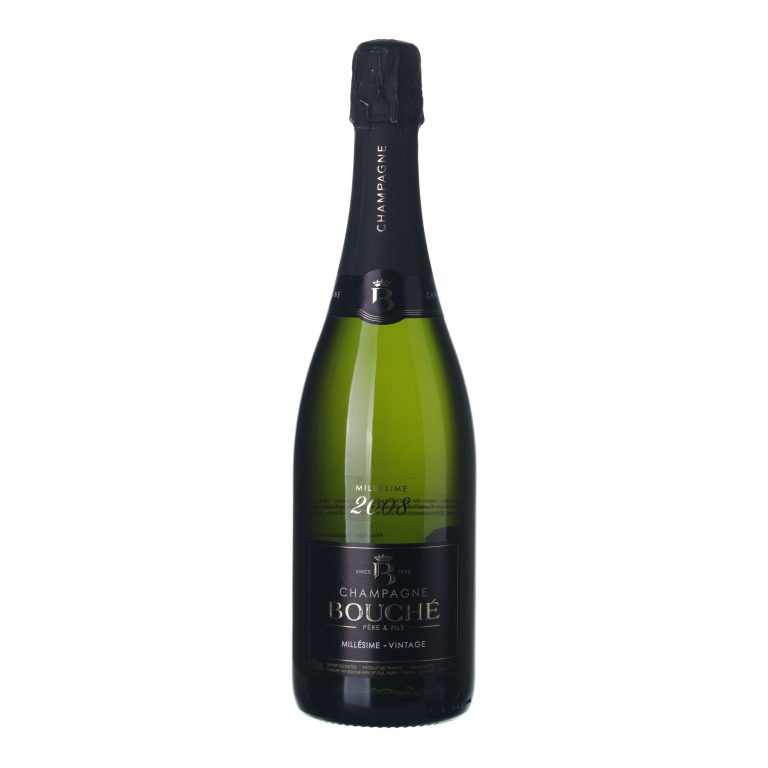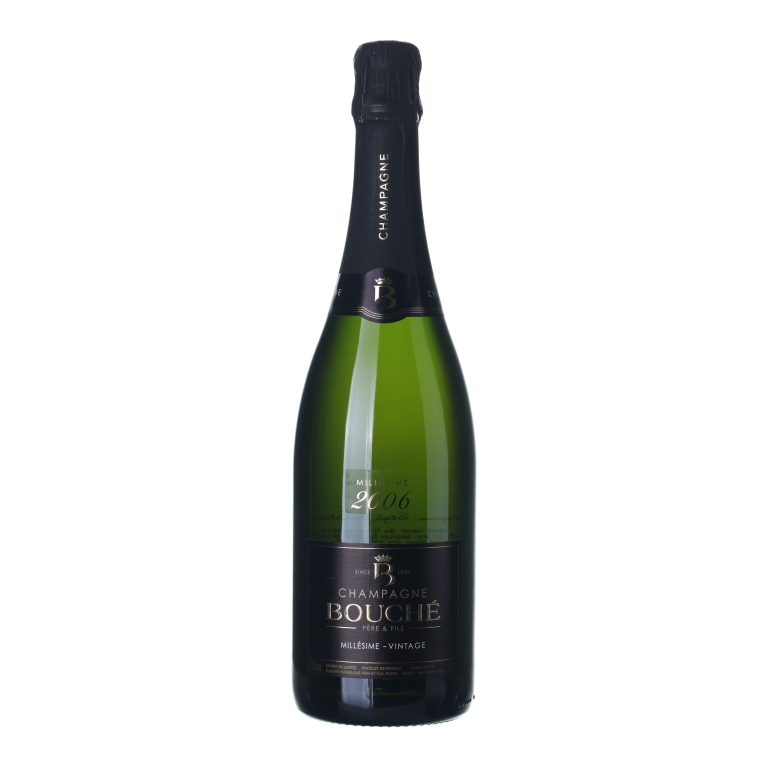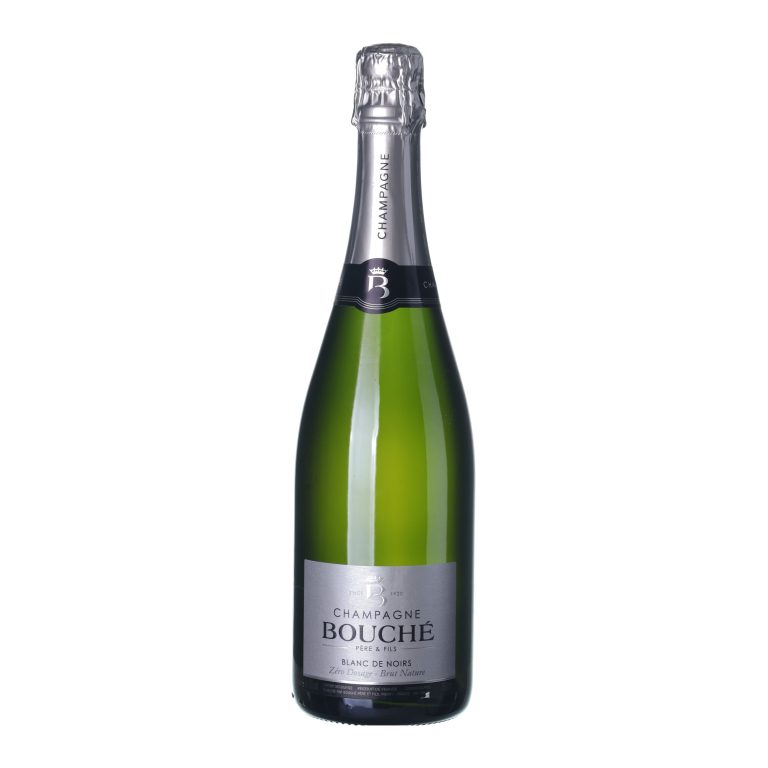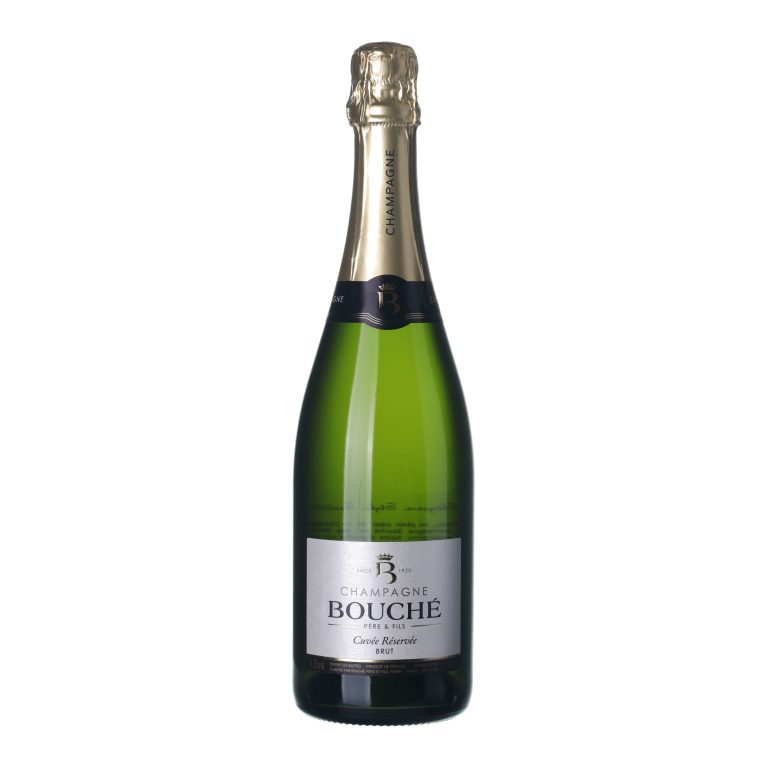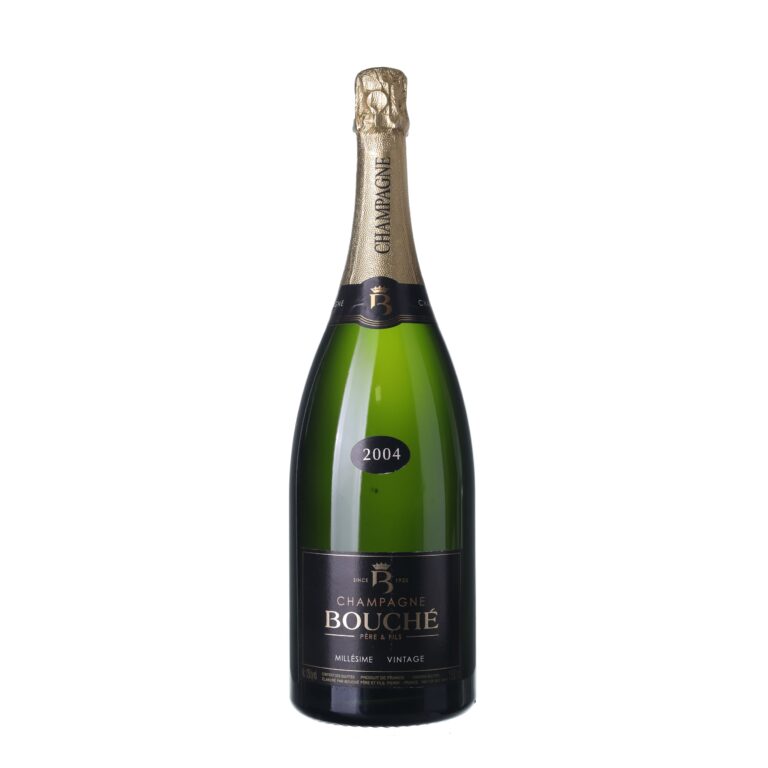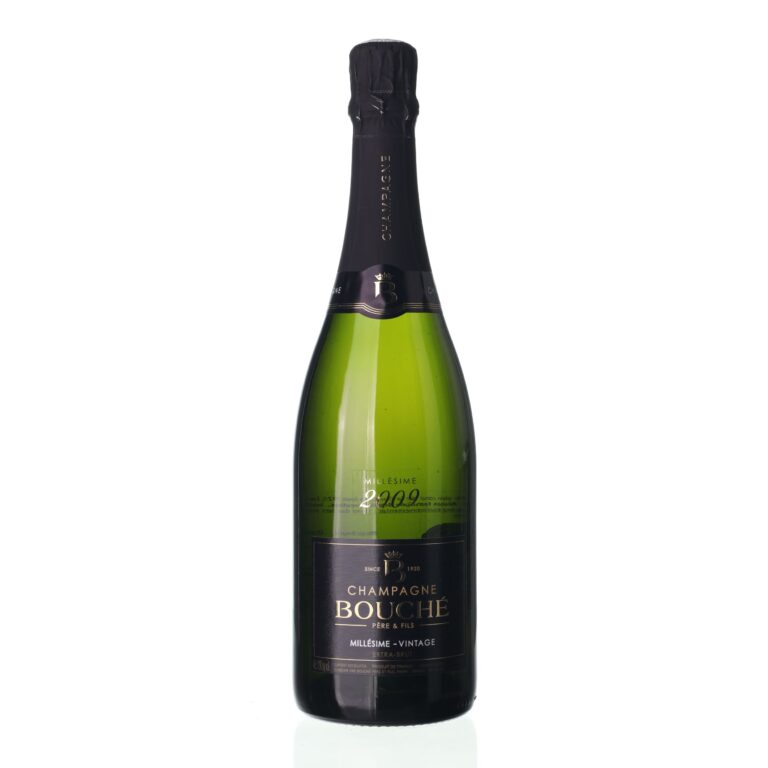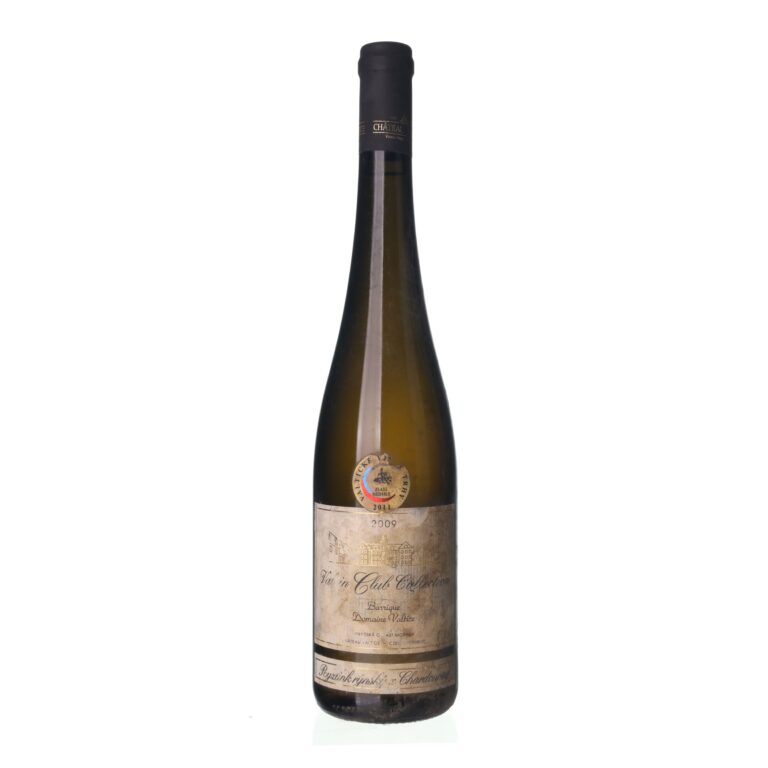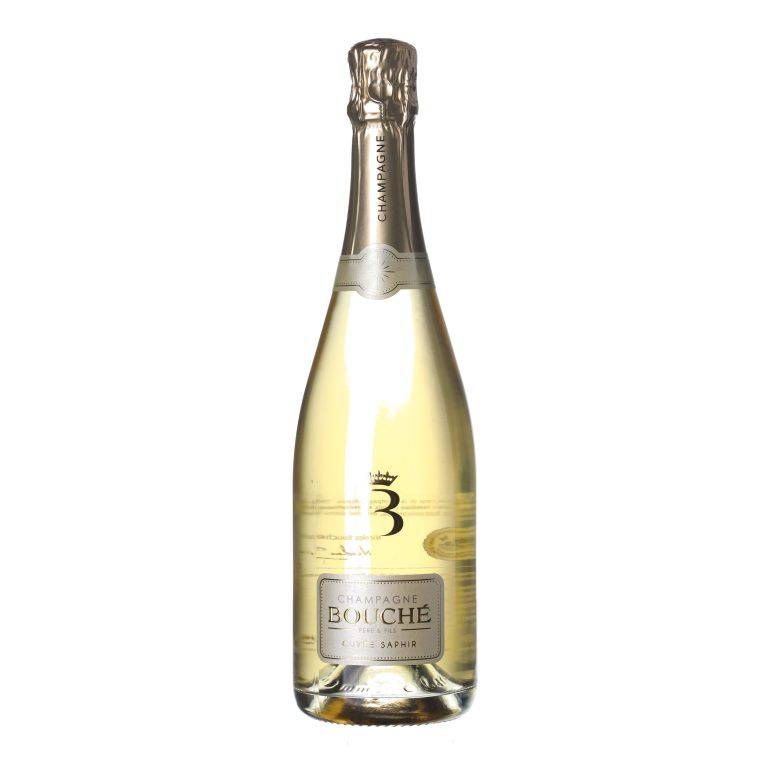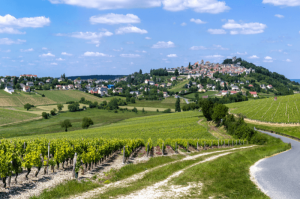French wines from Champagne to Languedoc-Roussillon
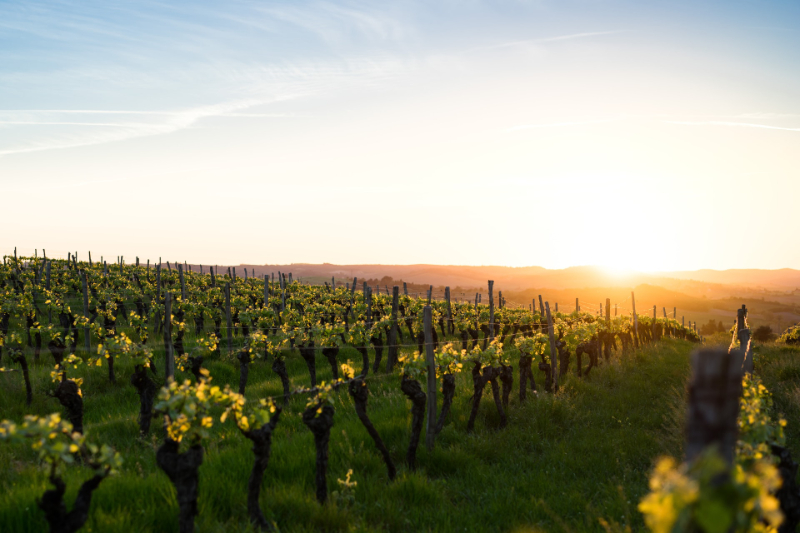
French wine regions, wine varieties, and wines are among the most famous in the world – and they also play an important role in the history of Czech and Moravian winemaking. Behind French wines’ success is a rich cocktail of a suitable climate, fertile soil, traditions and quality care, and also a geographical position that facilitates exports.
Wine has been grown in France since the 6th century BCE. Its history dates back to the Greek colony in Marseille, and its first period of flourishing was in the Roman Empire. The monks soon found their way to the cultivation of grapes and vineyards, especially thanks to St. Martin of Tours (the same Martin who rides on a white horse) they then improved their cultivars and spread it.
France bore the brunt of the a terrible fungal epidemic in the mid-19th century, and its territories were also greatly burdened by the two world wars in the first half of the twentieth century. This had a strong impact, causing the decline of wine, but at the same time it also spurred efforts to renew the famous tradition. In 1935 there was a great codification of French wines and after the Second World War, winemaking again became the heart of French agriculture. Now, France churns out approximately 8 billion bottles of wine annually for both its domestic market and for export to the entire world. Some of the famous grape varieties that spread to other continents also originally hail from France, from Cabernet Sauvignon to Chardonnay and from Pinot Noir to Syrah.
Let’s take a look together at the most important French wine regions and their wines, from north to south.
Champagne
No one will be surprised to hear that the Champagne wine region produces sparkling wines – its very name has become a synonym for them. The most famous product you can buy here is the effervescent Blanc de Blancs (white of whites), which is produced from 100 % Chardonnay. Its renowned companion is the sparkling Blanc de Noirs (white of blacks), which is made from two types of blue grapes: Pinot Meunier a Pinot Noir.
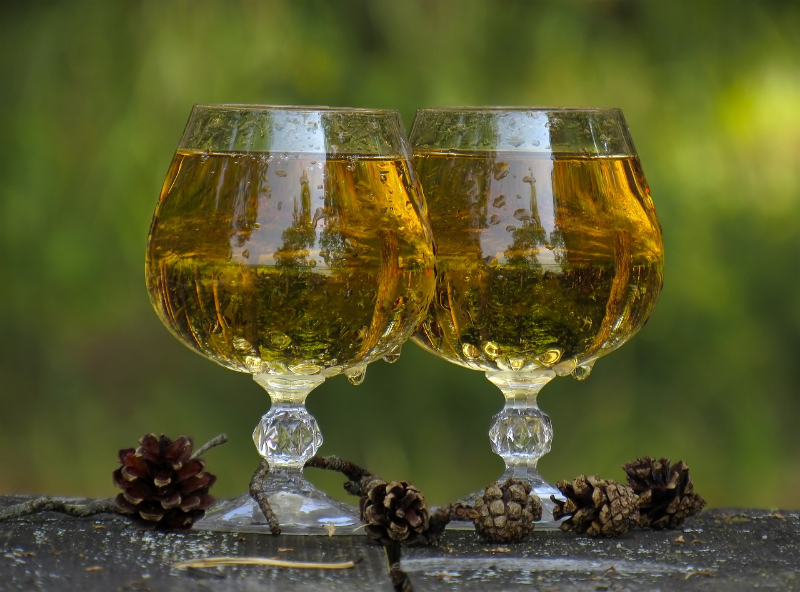
Alsace
Alsace is special for its diverse and complex mosaic of soil types, and therefore you can find the same wines with different tastes even within the same wine regions there. Above all, however, Alsace is known for its first-class white wines, which are appreciated worldwide. The local Riesling, Pinot Gris, Gewürztraminer, and sparkling Alsace wines have all built their reputation on quality.
The Loire River valley
Vine seedlings traveled to the Loire River valley along with the Romans. However, the greatest expansion of winemaking took place there in the early modern age, when the region became a favored place for building aristocratic summer residences. However, after the great French Revolution, the balance shifted to the detriment of this region – thanks to new roads, Paris started drinking more exotic wines from Burgundy and Bordeaux. It was only in 1935 with the codification of wines that the Loire River valley was recognized as a producer of fantastic wines and the local winemaking traditions were renewed.
In Loire vineyards, you will mainly find Sauvignon Blanc – and the most famous varieties are Sancerre, Chenin Blanc, white muscat, and Cabernet Franc.
Burgundy
200 million years ago, Burgundy lay beneath a vast tropical sea. This contributed to the creation of the specific mineral-rich limestone soils that Burgundy wines are known for.
In the Middle Ages, the primarily monastery-based wineries served the Church and the wealthy Dukes of Burgundy. After the Great French Revolution, a “secularization” of the local wine industry took place, and today it focuses on sustainable and organic production.
The Pinot Noir variety has its roots in Burgundy, and the white Chardonnay also plays an important role there.
Beaujolais
The Beaujolais wine region is dedicated to one variety of grape: Gamay. To the annoyance of some wine experts, however, the Beaujolais Nouveau also plays an important role. Originally, this was a drink that workers enjoyed in the vineyards when the celebrated the end of the season. However, it gradually began to spread into the local cafes, and from there into the rest of the world. Every year, they produce about 30 million bottles.
Bordeaux
In addition to wine, the Bordeaux region is also associated with cheddar, black currants, plums, and a red-purple color. Although today it is almost exclusively a red region and 90 % of the local wine production is represented by red wines produced from Merlot and Cabernet Sauvignon, this region was historically full of white grapes. Thomas Jefferson was also drinking these famous sweet white wines! It was only in the mid-19th century that the color region of this wine region began to change, and red wines came to the forefront.
The Rhône river valley
One of the most distinctive wines from the Rhône is Châteauneuf-du-Pape, which translates to “The New Pope’s Bethlehem”. This name dates back to the beginning of the 14th century, when Pope Clement V transferred his seat from Rome to Avignon and thus contributed to the region’s development. Châteauneuf-du-Pape has the reputation of the “gateway into the world of French wines,” and they say every newcomer to the world of wine should give it a try.
The wine region in the Rhône valley is a reminder of the power of the glacier that was there during the last Ice Age. It is divided into northern and southern parts, which are different in many regards. The northern part is referred to as the Mecca of Syrahs.
Provence
Besides lavender fields, seas of sunflowers, and olive groves, wine is also an important player in Provence, and some even say that it hasn’t gotten as much attention as it deserves. Provence is France’s oldest wine region, and as early as the 6th century BCE it was famous for a pale red wine from Massalie. It was light-colored because the production process was much quicker and this wine’s hue couldn’t compare with the deeper red of the wines we know today.
Today, wine from Provence is mainly known thanks to the increasing popularity of various rosé wines, which are of very high quality.
Languedoc-Roussillon
The Languedoc-Roussillon wine region stretches from the Pyrenees foothills and it is crisscrossed by many wild roads and tunnels. A great many varieties are grown here, and thanks to the diversity of individual plots of land, the local vineyards have been described as a patchwork. Even the resulting wines that are produced from these grapes aren’t usually from one variety, but are blended from at least several different ones.
The predominant red wines are Syrah, Grenache, Carignan, and Mourvedre, and the whites are Picpoul and Grenache Blanc.
Select wines. In your email.
once every month. You can look forward to our recommendations, interesting content, and great offers for your archive for your archive.
By sending an email you agree to the Terms and Conditions for Protection of Personal Data


